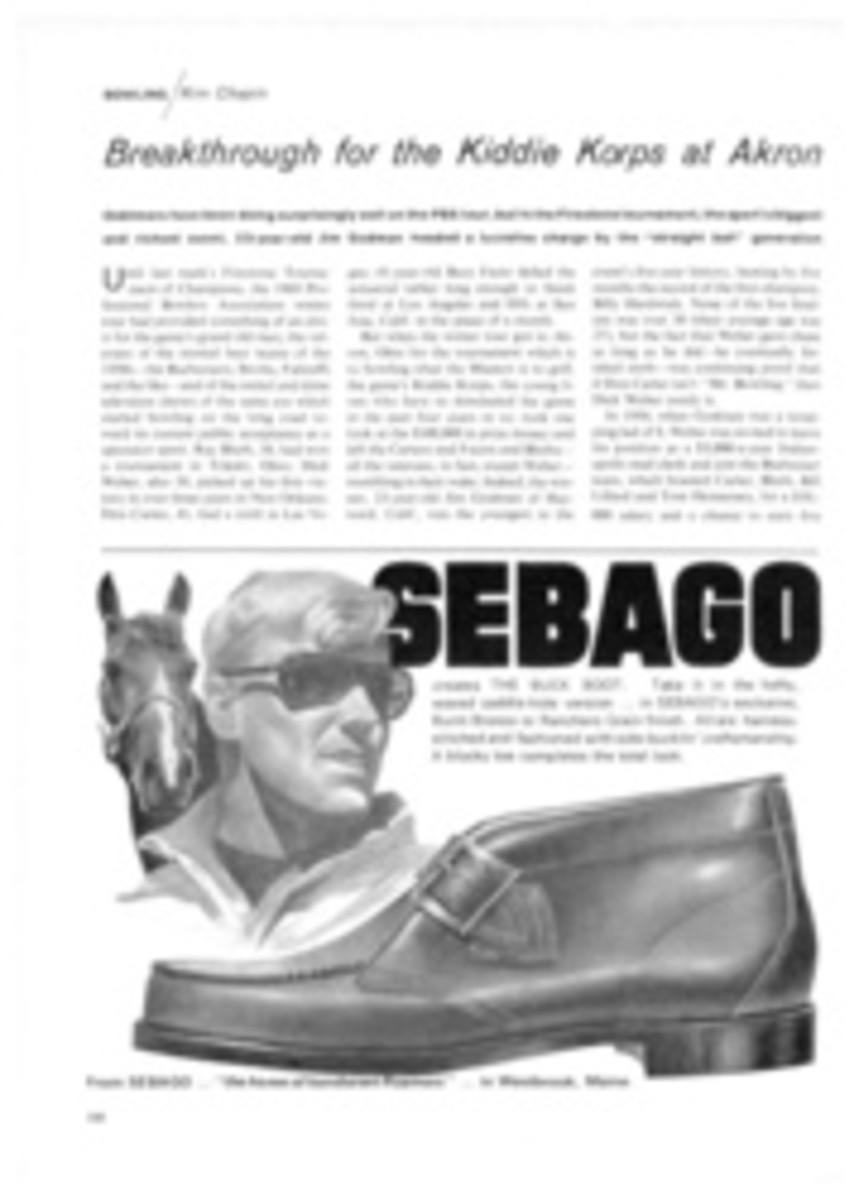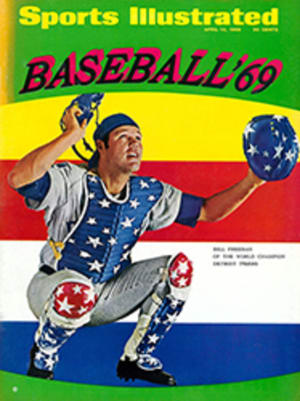
LETTER FROM THE PUBLISHER
Each week sport turns up heroes and goats, and their exploits or nonexploits often achieve epic stature in the retelling. Frequently, too, somebody thinks up something about sport that, in 100 years or so, turns into rock-hard fact. Perhaps the most famous example is the myth that Abner Doubleday invented baseball. This durable fabrication gets a new comeuppance this week from Staff Writer Harold Peterson who, in a special Baseball Issue feature beginning on page 57, also establishes beyond serious question the identity of the game's true inventor and his role in propagating the discovery.
The Doubleday story hardly shines alone in baseball's legendry. Consider John Franklin Baker, probably forever enshrined as Home Run Baker. Let us just call him Frank because, in his best year with the Philadelphia Athletics (1913), he led the American League with 12 home runs—a total that wasn't even the best in the majors. That honor belonged to Clifford Cravath, who never will be remembered as Home Run Cravath, though he hit 19 for the crosstown Phillies.
A real home-run hitter, of course, was Babe Ruth. Everyone has heard how in the 1932 World Series, with two strikes on him, he raised a hand and pointed to the center-field bleachers, whereupon he hit the next pitch into them. But he did not really call the shot. What he did was hold two fingers in the air to indicate that he knew Charlie Root, the Cub pitcher, had two strikes on him. And he should not have swung at the pitch at all because it was a bad ball, low and outside.
And how about Tinker and Evers and Chance, the Cub double-play combination of the early 1900s, made immortal in verse by Franklin P. Adams? You remember it:
Ruthlessly pricking our gonfalon bubble
Making a Giant hit into a double
Words that are heavy with nothing but trouble
Tinker to Evers to Chance.
Well, in their best season together, they accounted for 17 double plays. (In 1949 the Philadelphia Athletics set a major league record with 217 double plays in 154 games.)
Another myth that has reverberated around the world originated in the mind of some imaginative Englishman, who put into Lord Wellington's mouth the declaration that "The Battle of Waterloo was won on the playing fields of Eton." Though this is quite flattering to sport, the truth is that when Wellington was at Eton the only field was the school garden, and what he said was, "I really believe that I owe my spirit of enterprise to the tricks I used to play in the garden."
Even Vince Lombardi, who is pretty much a contemporary legend, has been credited with a mite too much. He was, the story goes, part of Fordham's famous line, the 1937 Blocks of Granite. But Lombardi played with the 1936 Fordham "Rocks," forerunners of the next year's "Blocks."
It is left to a school that lives on legends, Notre Dame, to give us the most famous myth of all. With the help of Ronald Reagan and a movie called Knute Rockne—All American, every boy grows up knowing about George Gipp, author of possibly the third best-known dying declaration ("Win one for the Gipper" is not as widely quoted as "Et tu, Brute" or "Hail, Caesar, we who are about to die salute thee"). However, such a plea from Gipp would have been quite out of character. He was no sentimentalist. He was a pool and poker hustler and his illness (a streptococcic infection) and the delirium that set in three days before his death precluded a lucid final statement. Besides, Rockne wasn't with Gipp when he died. On his last visit, their conversation was:
"It's tough, George," Rockne said.
"What's tough about it?" Gipp demanded.

